Minimalist decor hacks to transform your home into a peaceful retreat. By simplifying your space, you can create a calming atmosphere that encourages relaxation and promotes a clutter-free life. Say goodbye to chaos and hello to serenity! These are 14 tips you might need to follow.
1. Declutter for a Clear Mind
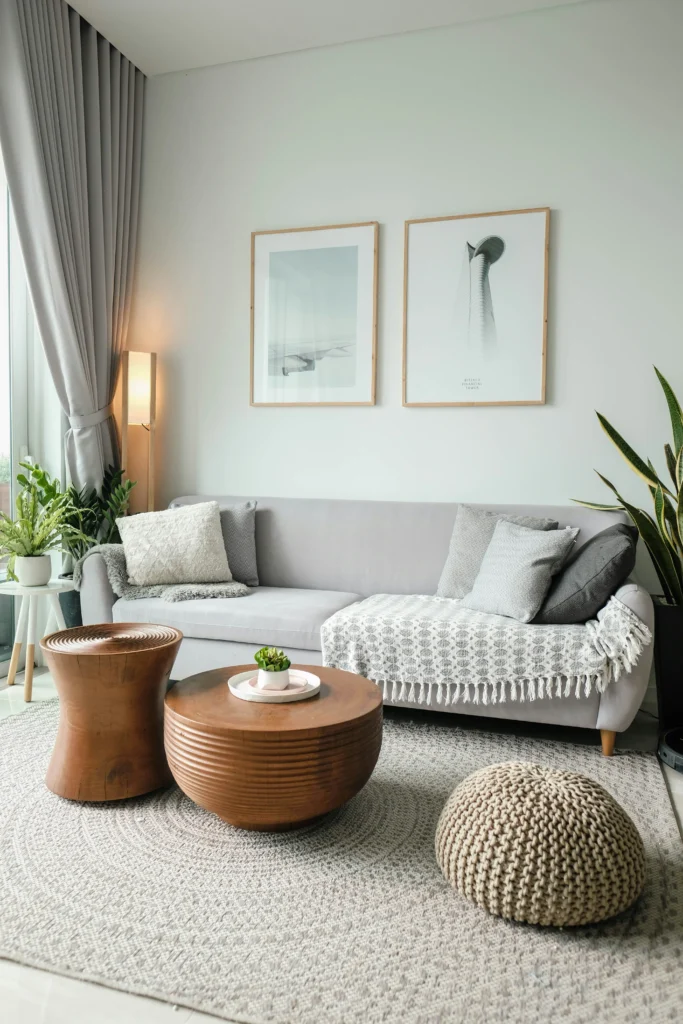
A minimalist space begins with decluttering. To create a calm environment, start by removing unnecessary items that only add visual noise. Simplify each room by clearing countertops, shelves, and tables. You don’t need to throw everything away—just find storage solutions that keep things out of sight. This opens up the space, making it feel lighter and more serene.
Additionally, take a minimalist approach to furniture and decor. Keep only the essentials and choose functional items that add both style and utility. By reducing visual clutter, your space will feel more peaceful and focused, giving you a sense of calm whenever you enter.
2. Neutral Color Palette
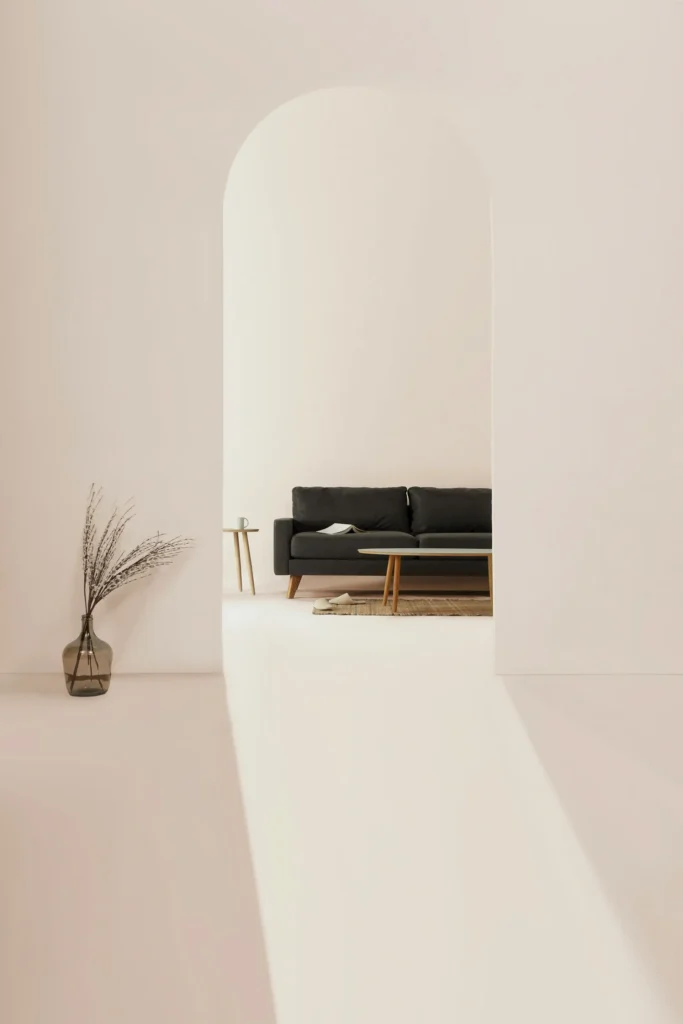
One of the easiest ways to embrace minimalist decor is by using a neutral color palette. Soft whites, light grays, beige, and muted tones create an understated elegance that promotes relaxation. These colors not only make your space feel bigger but also allow the natural light to bounce around, brightening your home.
The key to a minimalist color scheme is consistency. Use these neutral shades across walls, furniture, and accessories to maintain a cohesive look. When you limit your color choices, you create a harmonious environment that encourages a calm, restful atmosphere, perfect for unwinding after a long day.
3. Embrace Open Shelving
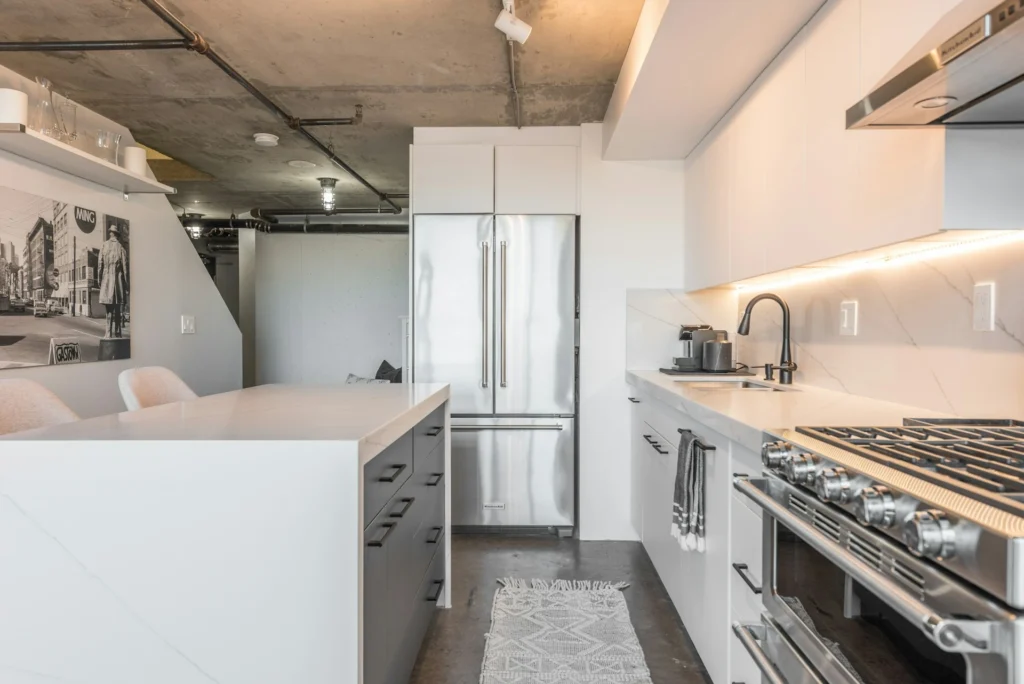
Open shelving in kitchens, bathrooms, or living areas is a minimalist decor hack that adds both style and practicality. By showcasing only a few carefully chosen items, you can create a more open and airy feel. This approach eliminates the need for bulky cabinets and helps prevent the clutter from building up.
However, the key to open shelving is to keep it organized. Limit the number of items you display and arrange them neatly. This allows you to showcase meaningful objects or decor that bring joy without overwhelming the space.
4. Minimalist Furniture
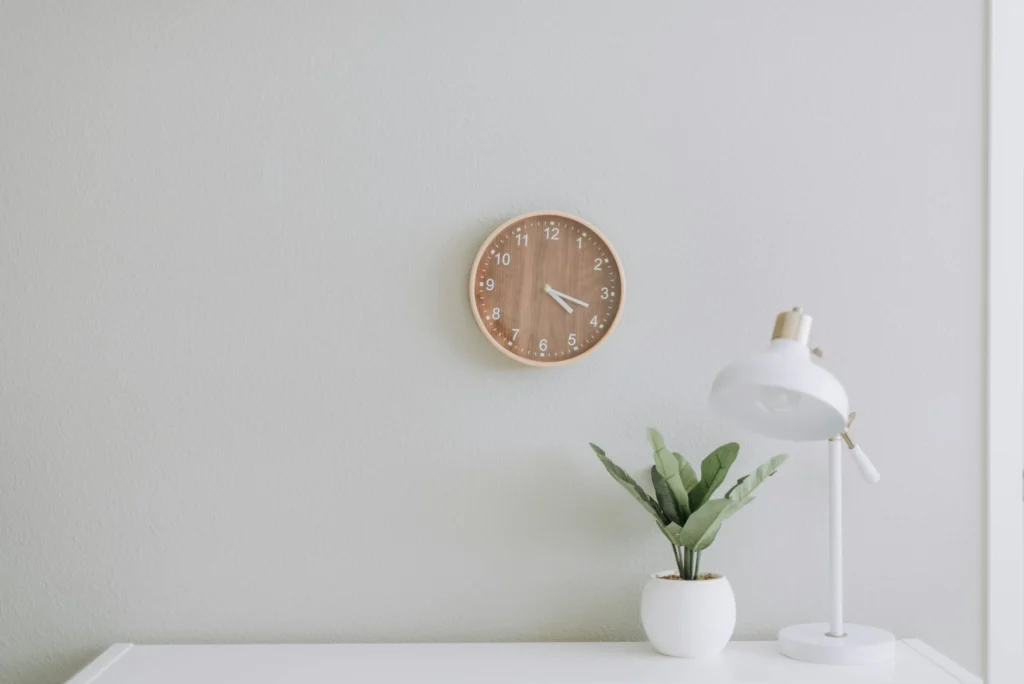
Choosing minimalist furniture pieces is essential for creating a calm and clutter-free environment. Opt for simple, functional designs that don’t overpower the room. Look for clean lines and neutral tones, and avoid overly ornate furniture that can make a space feel chaotic.
While minimalism emphasizes simplicity, that doesn’t mean your furniture can’t be stylish. Focus on quality over quantity—one or two standout pieces will add sophistication without crowding the room. With minimalist furniture, you create an open and inviting space that encourages relaxation.
5. Focus on Natural Elements
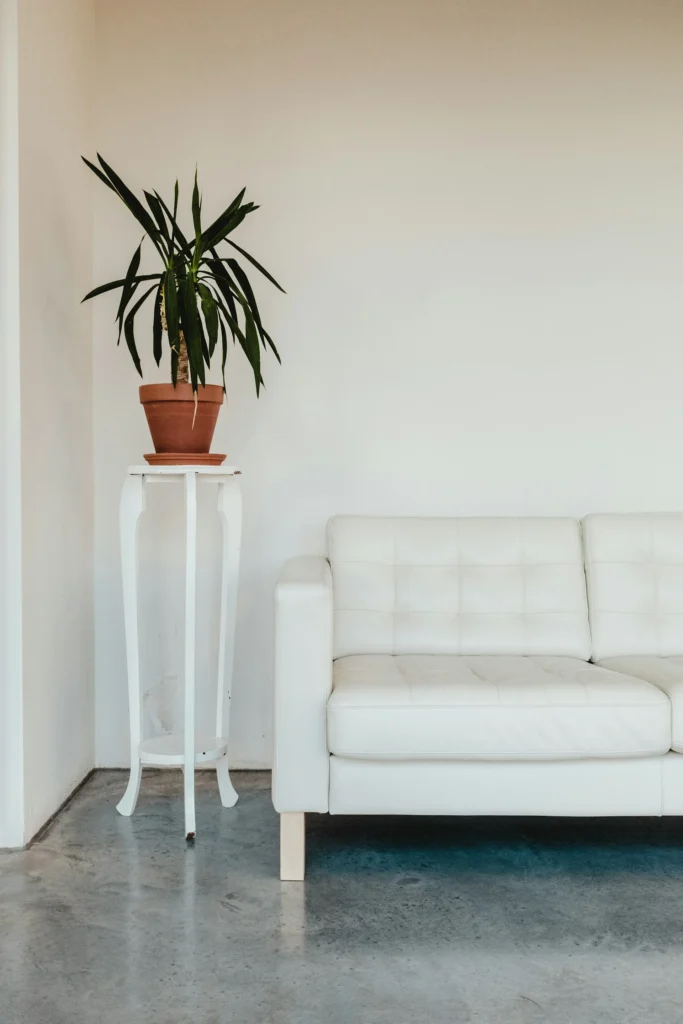
Integrating natural elements such as wood, stone, and plants into your minimalist decor can enhance the calming atmosphere. Wooden furniture or natural stone accents add texture and warmth, creating a serene, organic feel that helps connect your space with nature.
Indoor plants are another great way to bring life to your minimalist home. Choose low-maintenance plants like succulents or snake plants that add a touch of greenery without overwhelming the room. These elements ground your space and promote a sense of tranquility.
6. Maximize Natural Light
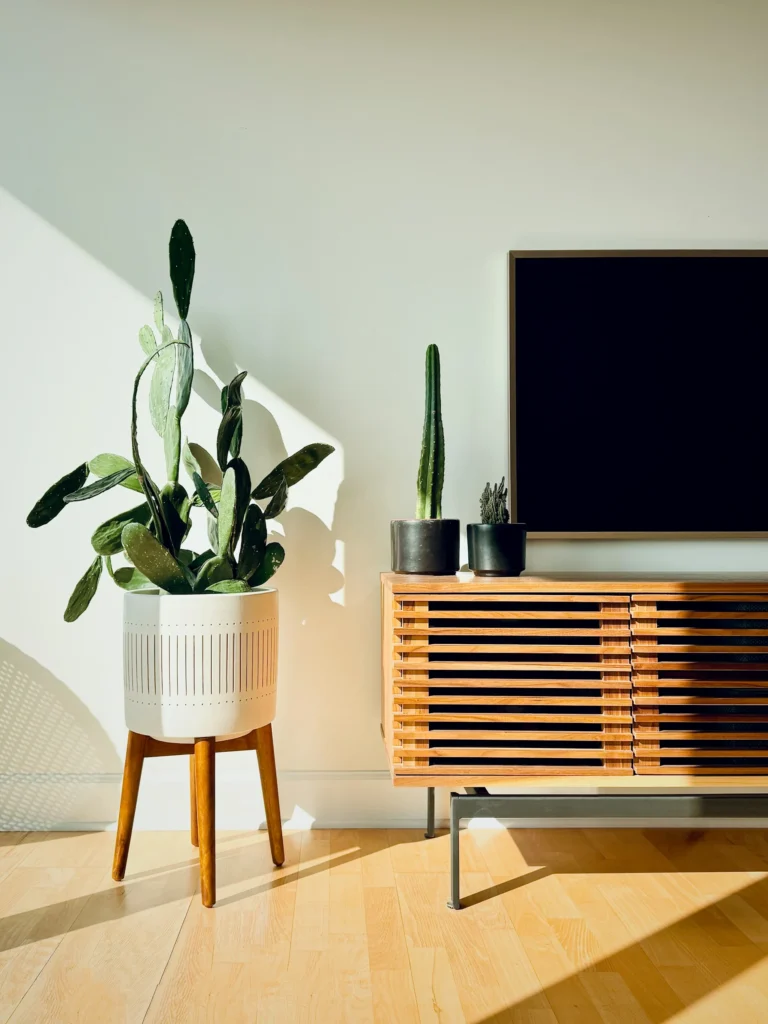
A bright, airy space is key to minimalist decor. Maximize natural light by using light, sheer curtains or going without curtains entirely. Keep windows unobstructed so sunlight can flood the room, enhancing the spaciousness and promoting a positive atmosphere.
In addition to natural light, consider adding mirrors to reflect light and make the space feel larger. This simple trick not only brightens up the room but also contributes to the calming effect of minimalist design.
7. Choose Functional Decor
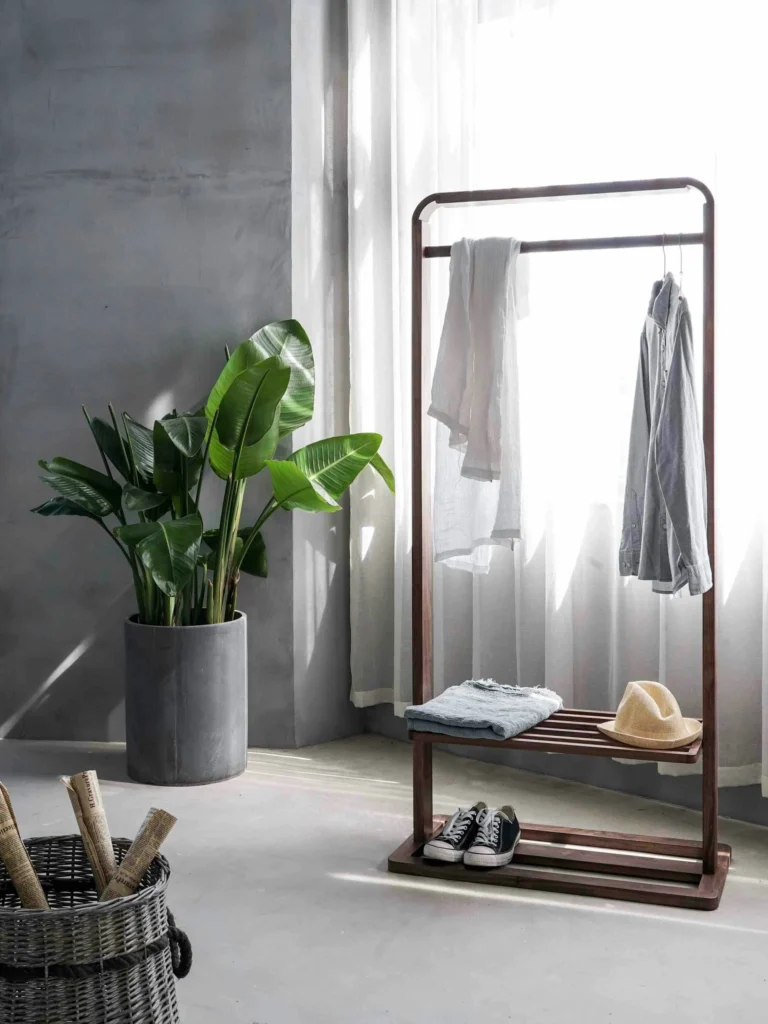
Decor doesn’t have to be just decorative—functionality is a key principle in minimalist design. Look for items that serve both a practical and aesthetic purpose. For example, a stylish clock, functional art, or a well-placed lamp can serve as focal points while maintaining a clean and uncluttered look.
When shopping for decor, choose pieces that enhance the simplicity of the space rather than add to the chaos. This way, every item in your home serves a purpose, either functionally or visually, creating an organized and calming retreat.
8. Create a Zen Corner
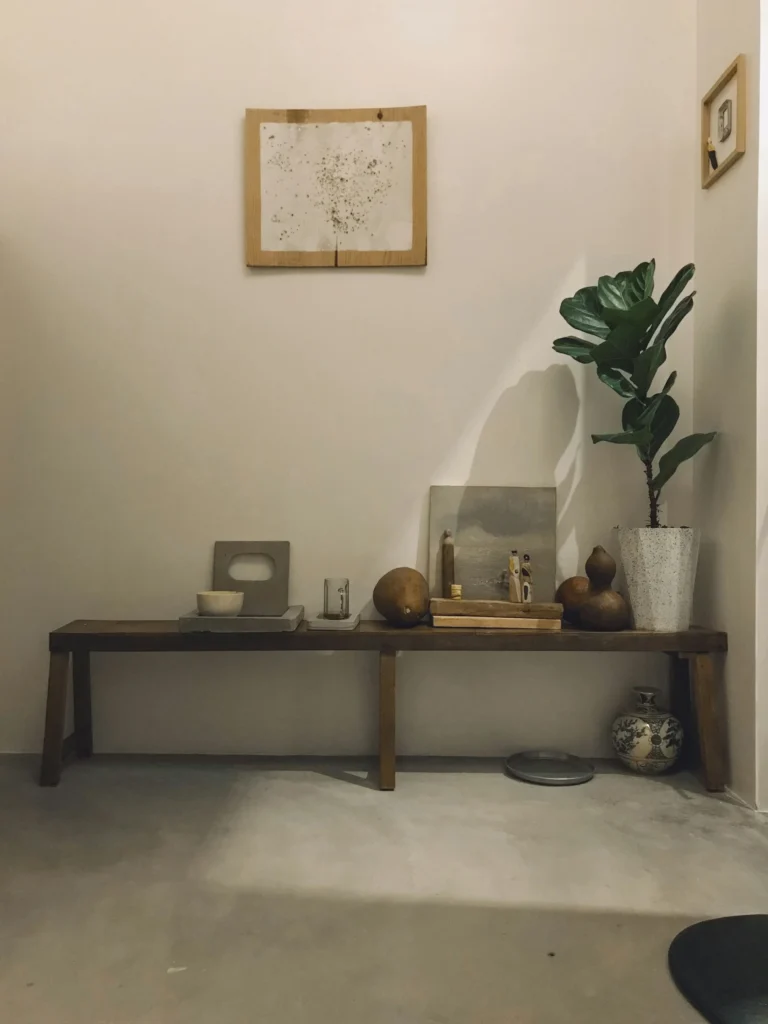
Designating a small corner of your space as a zen area can be a great way to practice mindfulness and meditation. Keep it minimal with a comfortable chair, soft cushions, and a few calming decor pieces like candles or a small fountain.
This peaceful nook encourages relaxation and helps you create an oasis within your own home. By dedicating a space to calmness and tranquility, you can easily escape the stresses of daily life and find balance in your environment.
9. Simplify Your Artwork
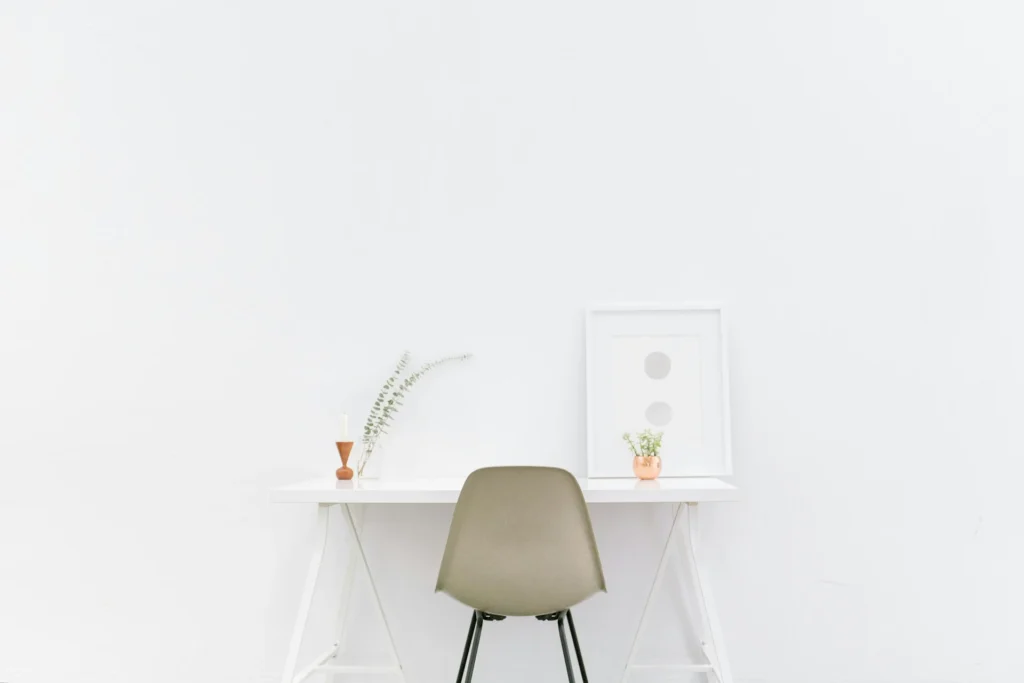
While artwork adds personality to a room, too many pieces can create visual clutter. Instead, opt for one or two pieces that are large and striking. Minimalist art, such as abstract prints or simple nature photography, can enhance the space without overwhelming it.
Keep your art frames sleek and simple, avoiding overly ornate designs. This way, the artwork becomes a subtle focal point that complements the room’s overall design, creating a balanced and serene atmosphere.
10. Hidden Storage Solutions
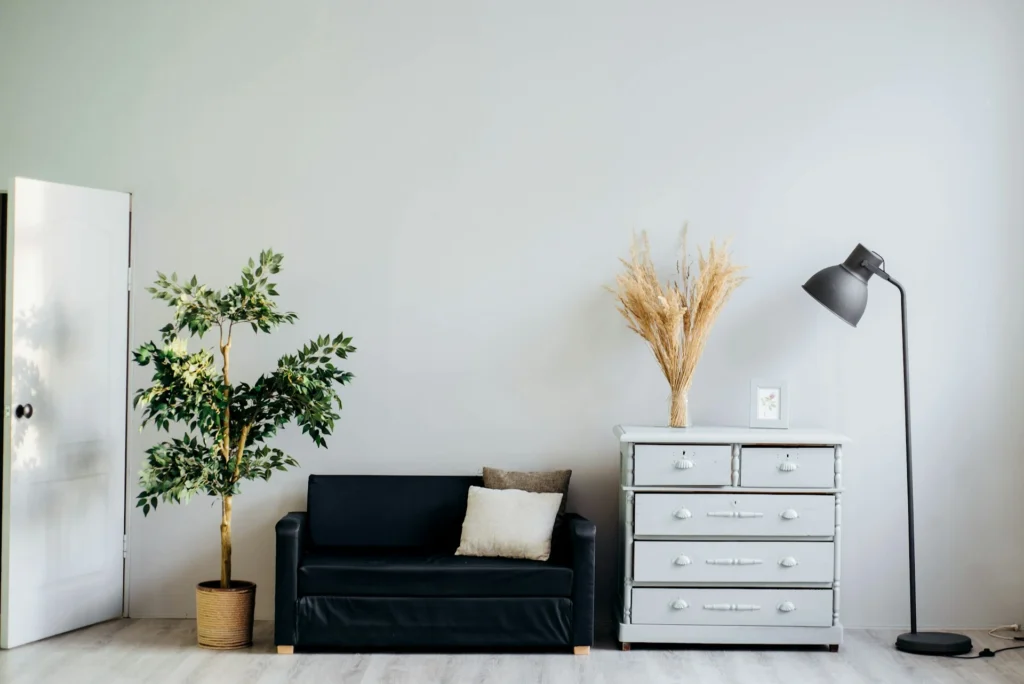
Hidden storage is a brilliant minimalist hack that keeps your home tidy and organized. Look for furniture with built-in storage compartments, such as ottomans, coffee tables, or even under-bed storage. This helps reduce clutter and allows you to keep everyday items out of sight, making the room feel less busy.
Incorporating hidden storage into your minimalist decor also helps maintain a clean and cohesive aesthetic. It’s an excellent way to balance functionality with style, ensuring that your space remains calm and clutter-free.
11. Keep Tech Hidden Maximizing Minimalist Decor
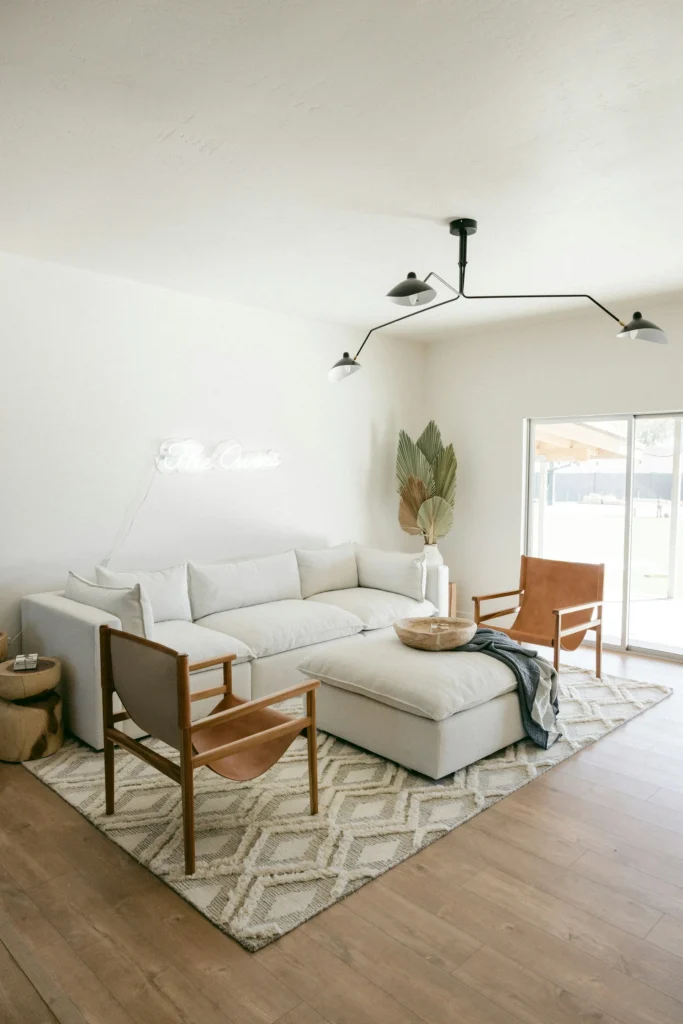
In a minimalist home, less is more when it comes to technology. Hide wires, cables, and tech gadgets in drawers or behind furniture to prevent them from disrupting the room’s clean lines. Look for furniture with built-in cable management features or invest in stylish cable organizers to keep your tech setup neat and tidy.
Minimizing visible electronics ensures your space remains visually serene, allowing the focus to remain on the design and atmosphere. A technology-free environment promotes relaxation and reduces the distractions that can come with a busy, cluttered space.
12. Use Minimalist Rugs
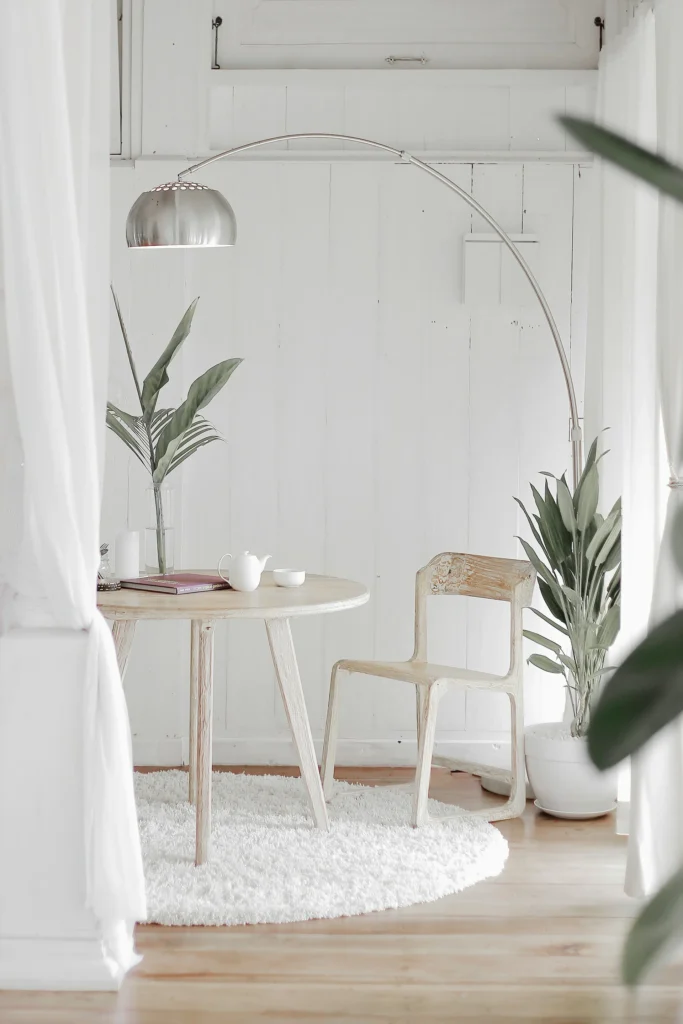
Rugs can anchor a space and add comfort, but they don’t have to be elaborate. Choose minimalist rugs with simple patterns or solid colors in neutral tones. Avoid busy, overly decorated rugs that can draw attention away from the rest of the room.
When selecting a rug, ensure it complements the overall aesthetic of the room. A well-placed rug can add warmth and softness to your minimalist space while maintaining the calming and simple vibe.
13. Create Symmetry
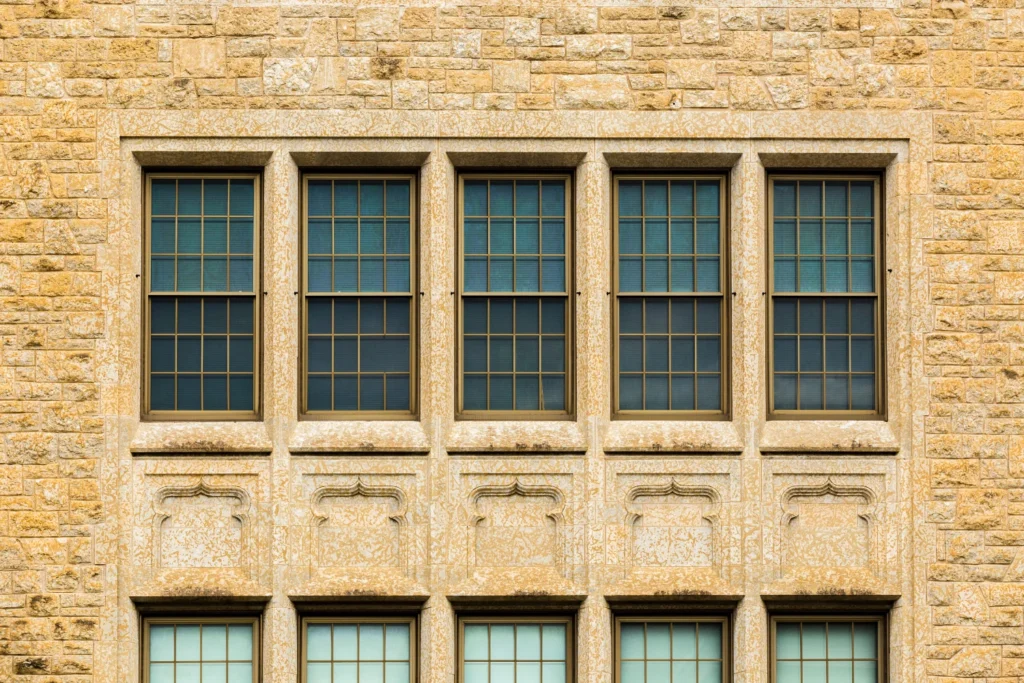
Symmetry is a powerful tool in minimalist design that creates balance and harmony. Arrange furniture and decor items symmetrically to promote a sense of calm. For example, place matching lamps on either side of a sofa or use identical throw pillows for an even look.
Symmetry creates visual order and a sense of peace, making your space feel balanced and restful. This subtle design element helps tie the room together without the need for excessive decoration.
14. Choose Simple Curtains
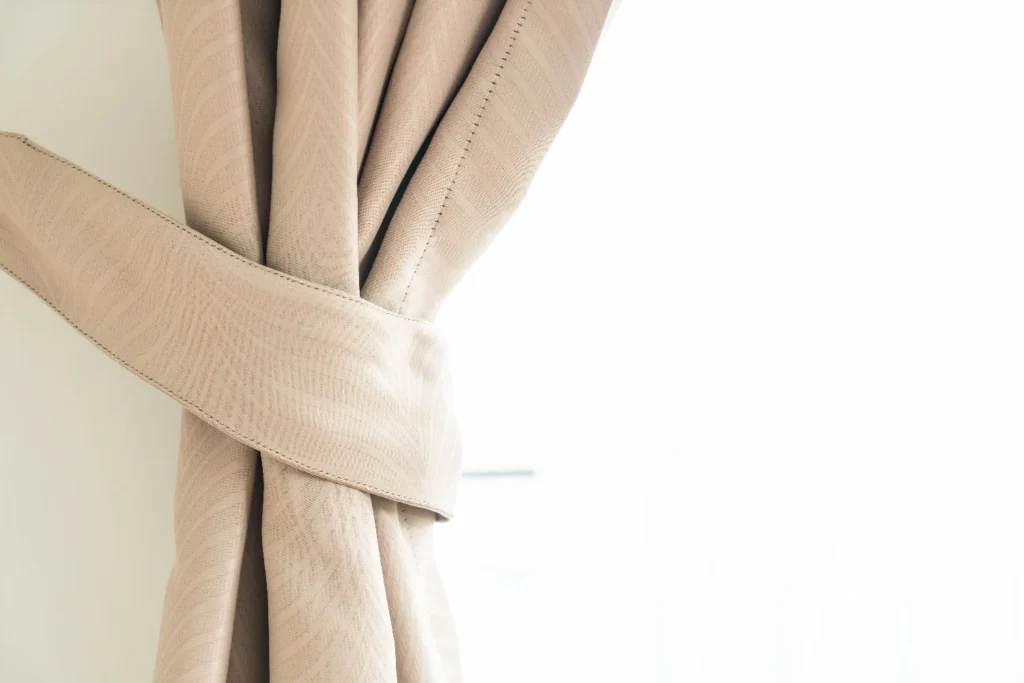
Opt for simple, neutral-colored curtains made of lightweight fabric. Heavy, ornate curtains can make a room feel weighed down and cluttered. Instead, choose curtains that flow smoothly and blend into the walls, creating an effortless and serene aesthetic.
Simple curtains enhance the minimalist style by keeping the focus on the room’s furniture and design elements. By allowing natural light to filter through while maintaining privacy, they contribute to the overall sense of calm in the space.


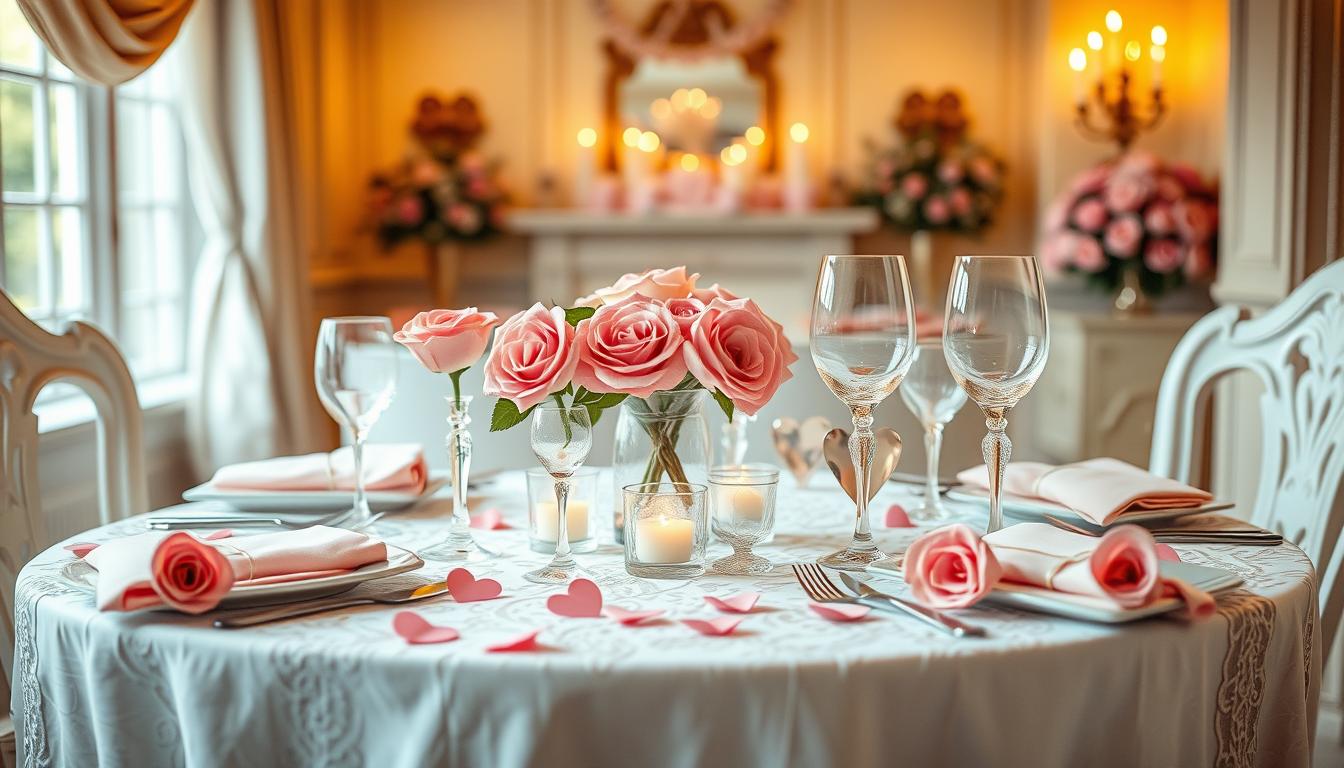
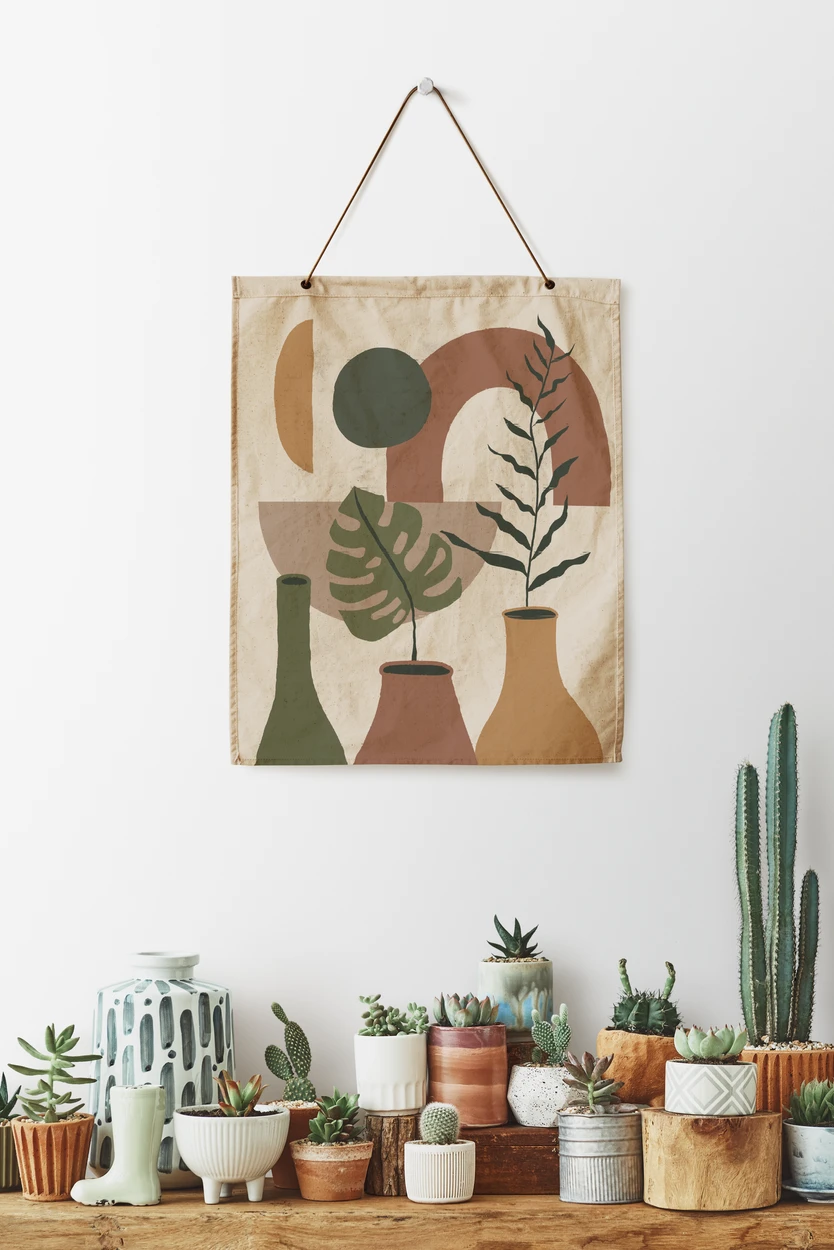
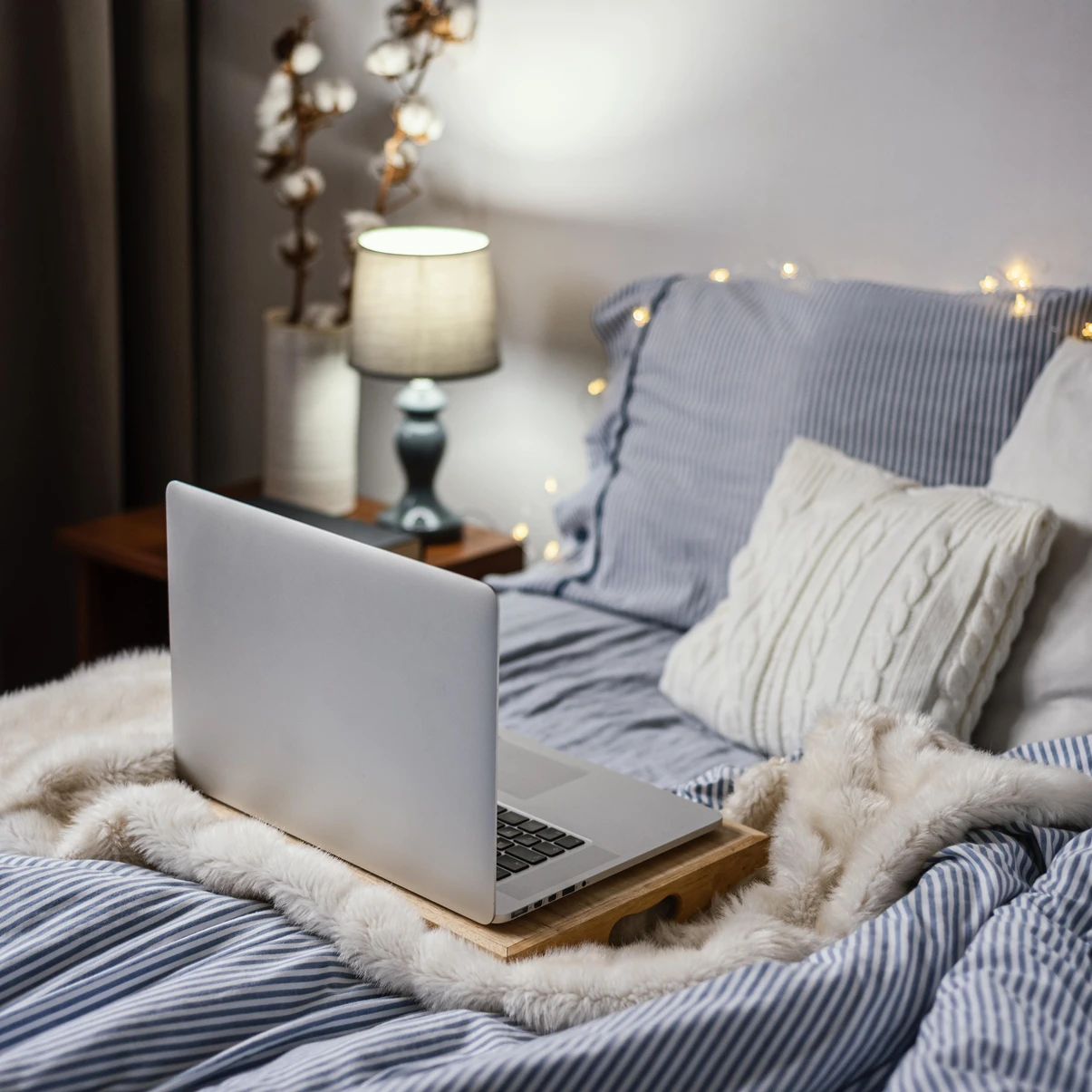
Leave a Reply